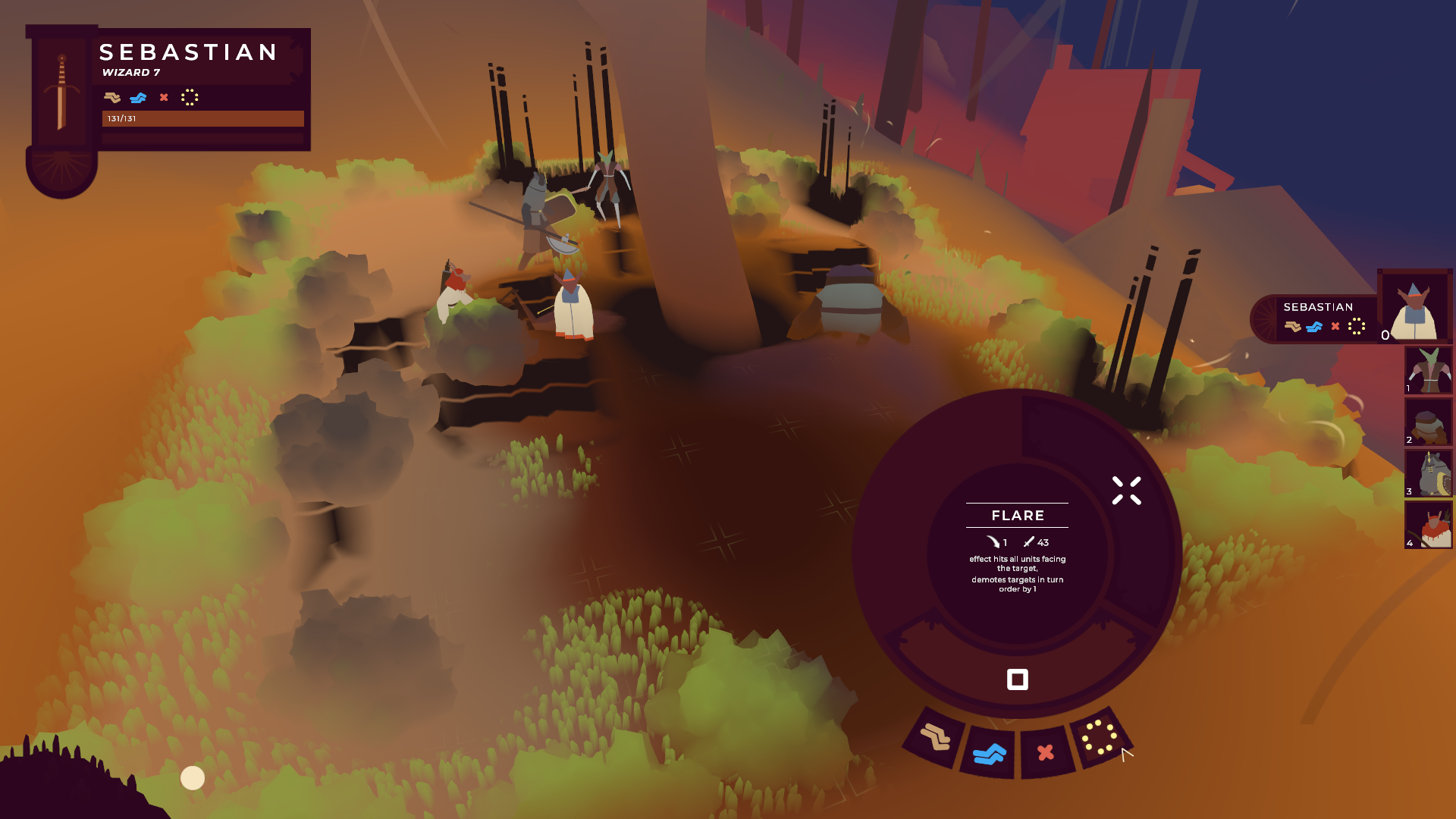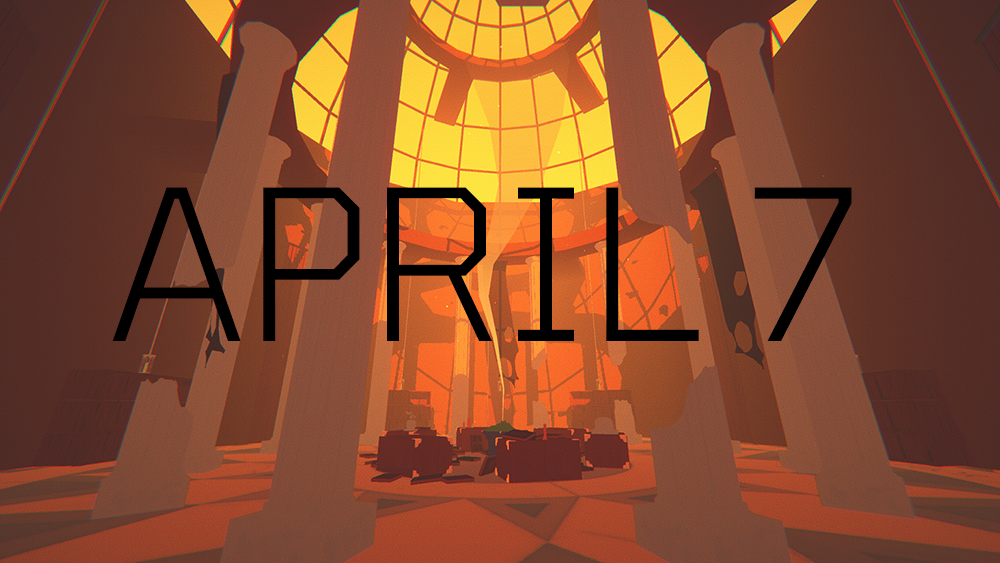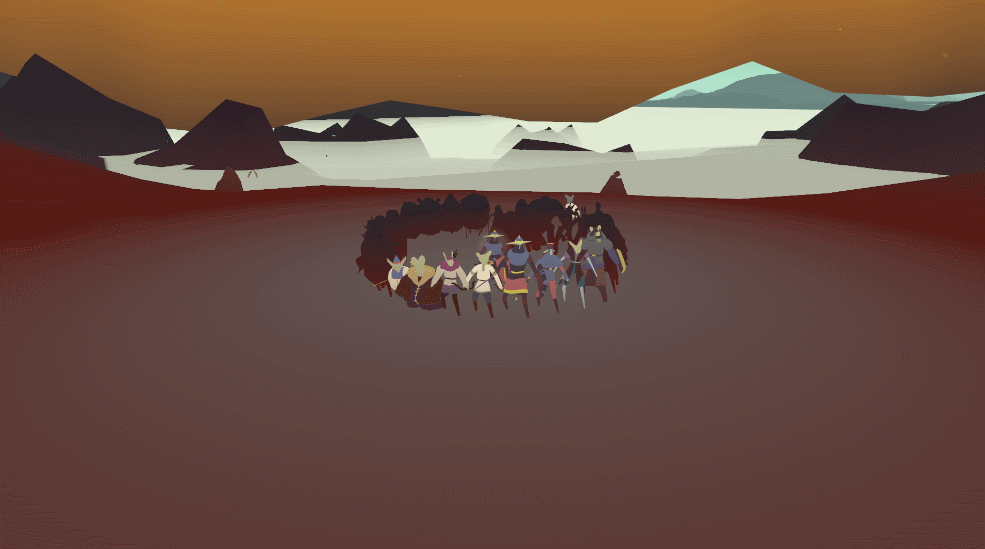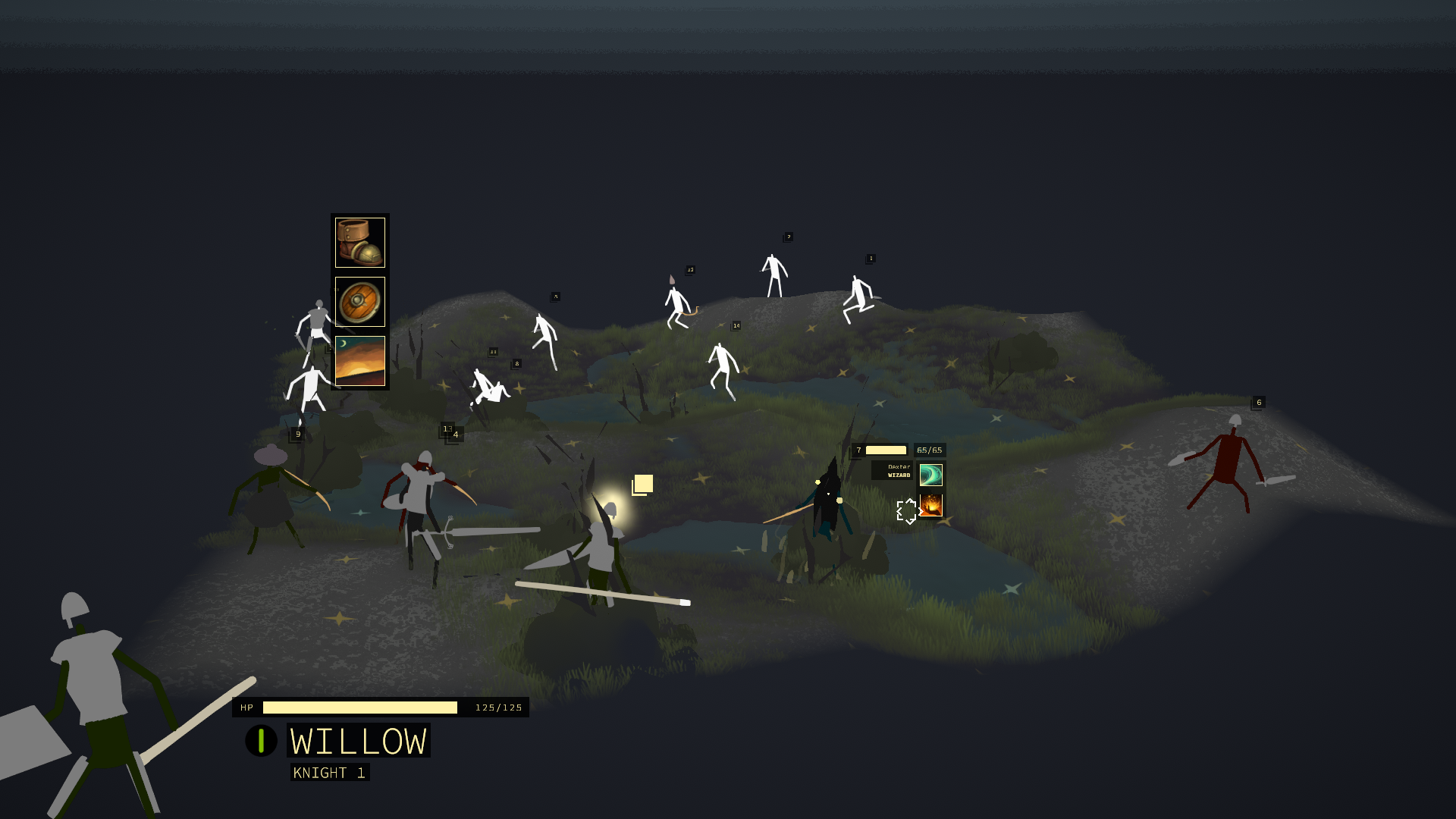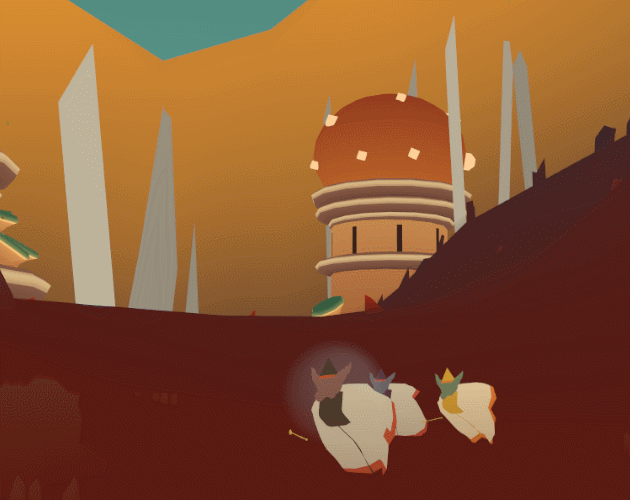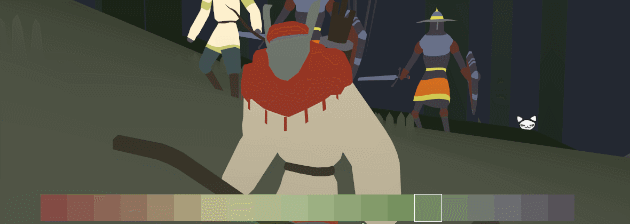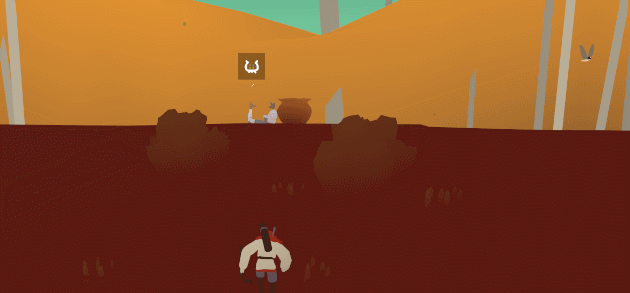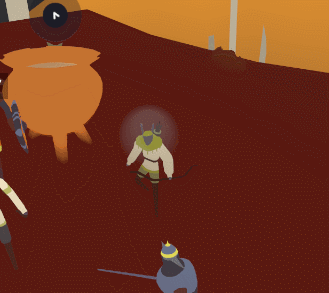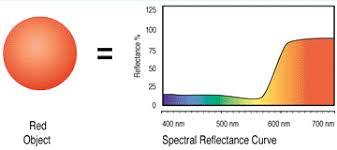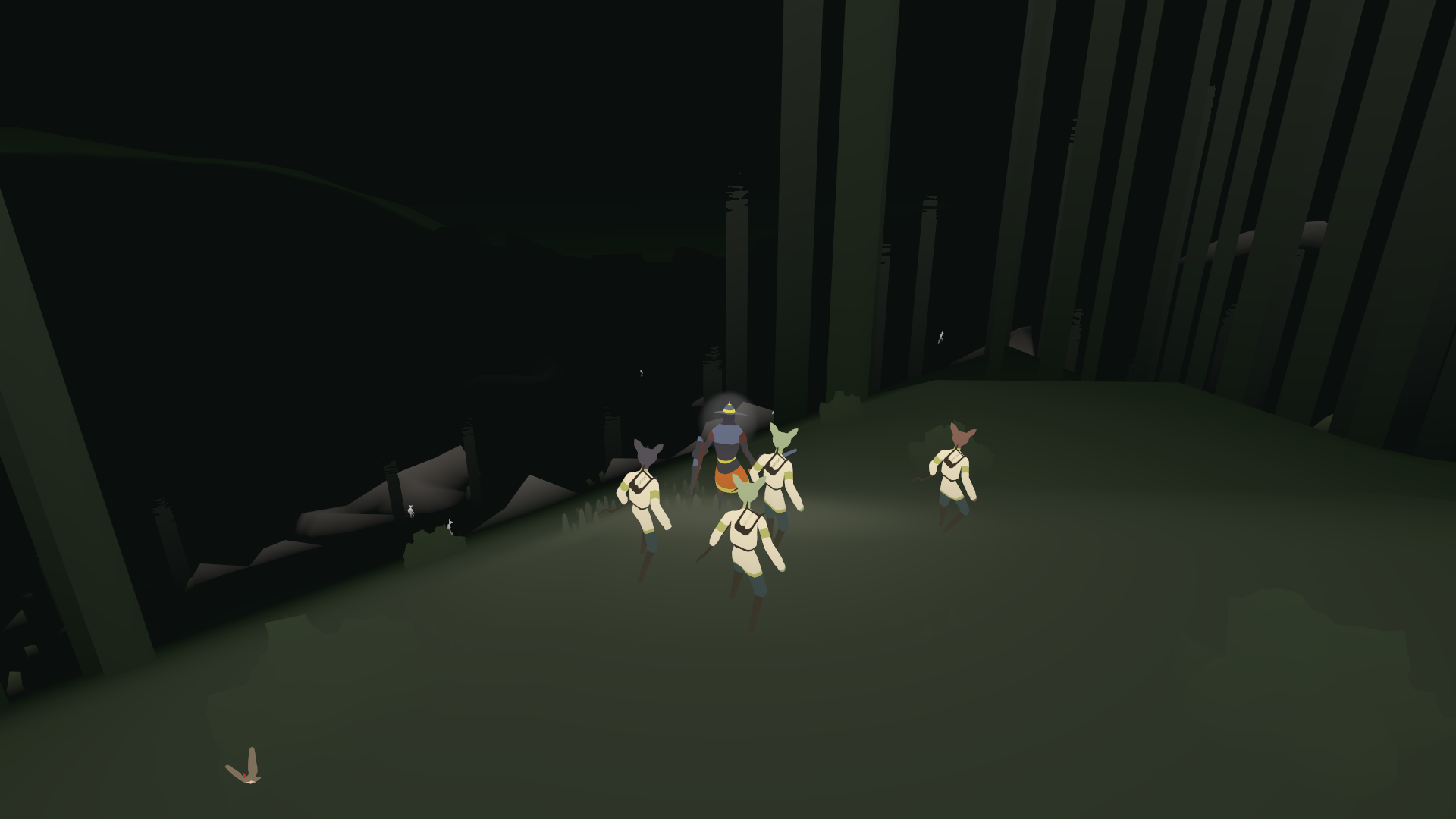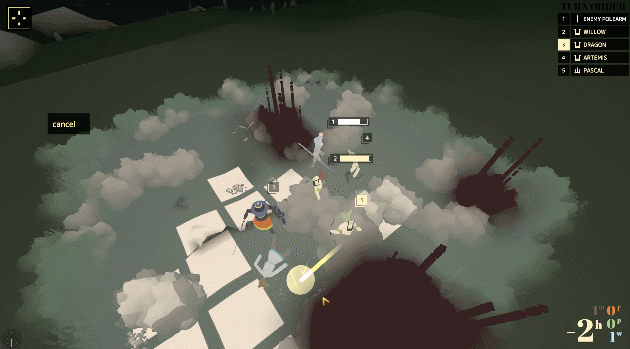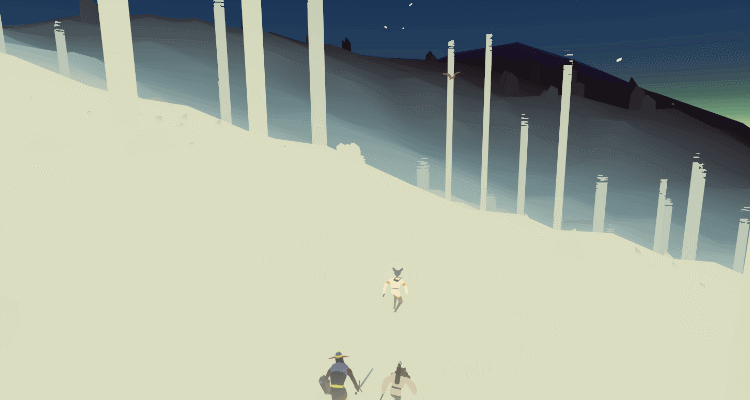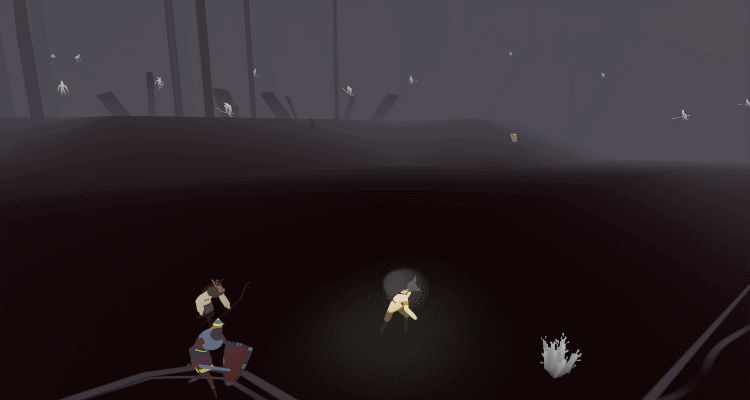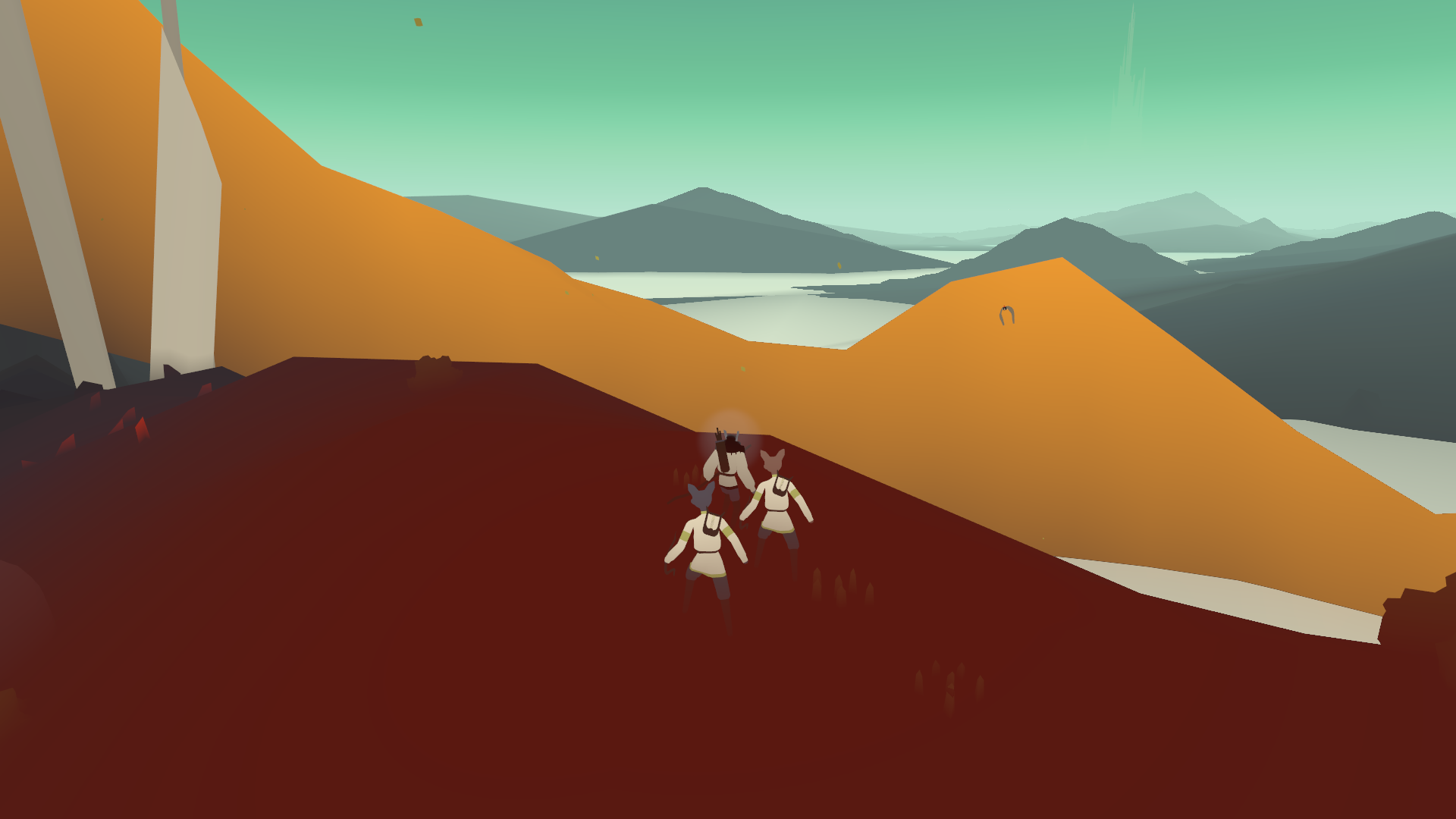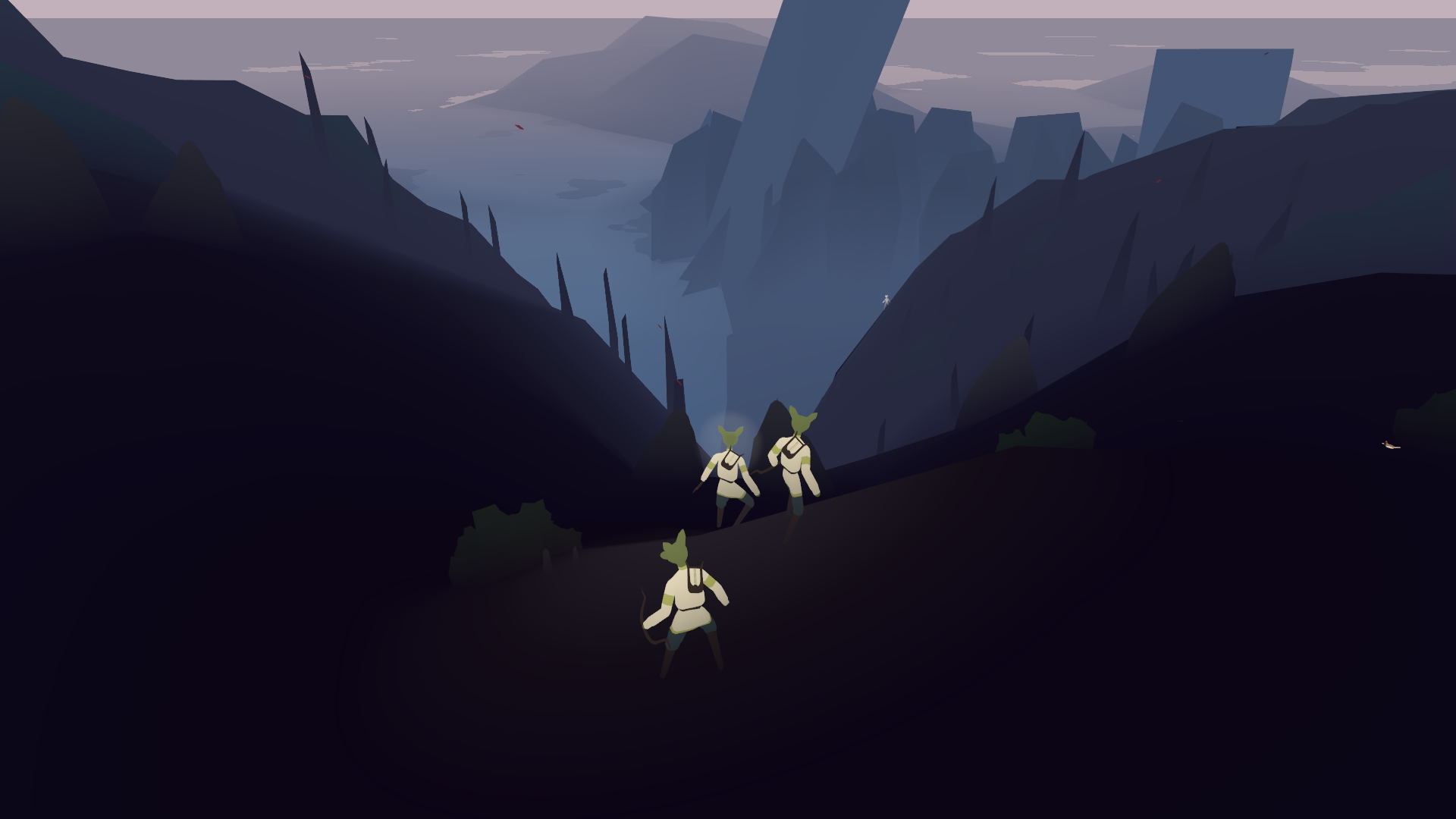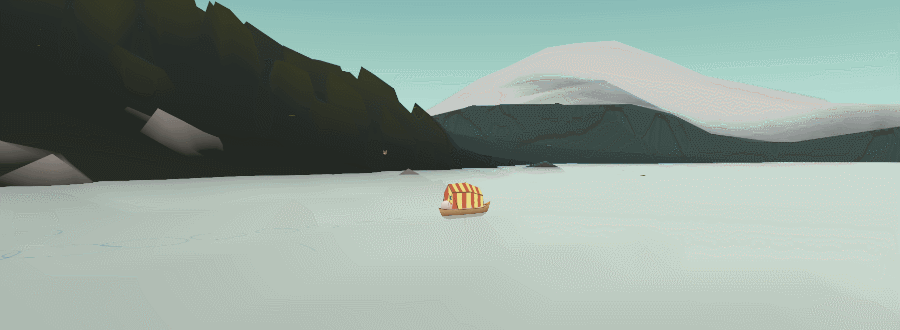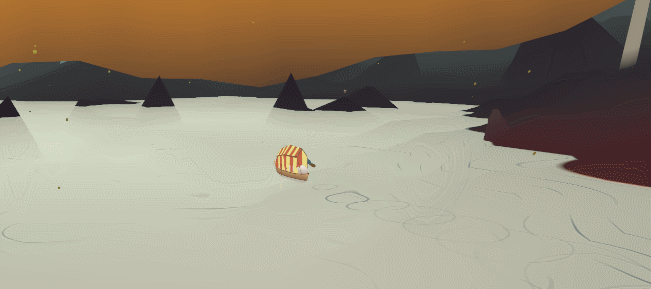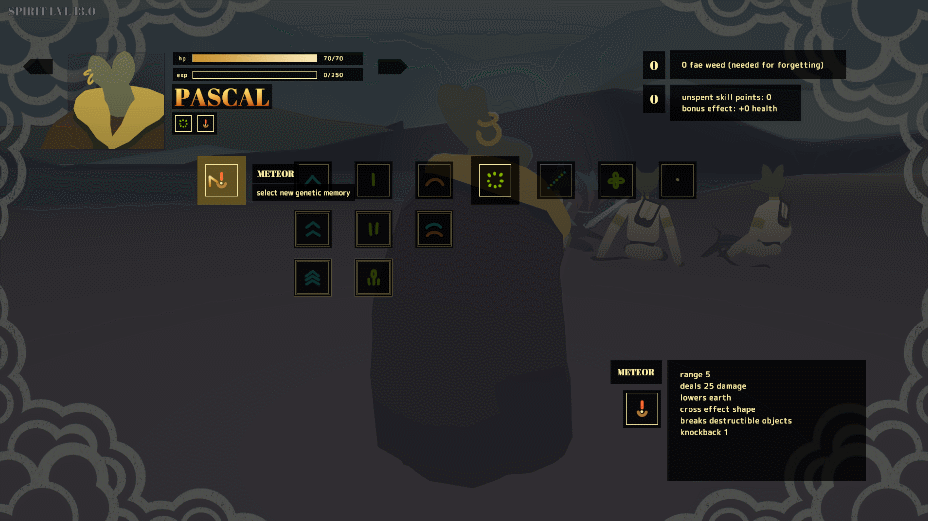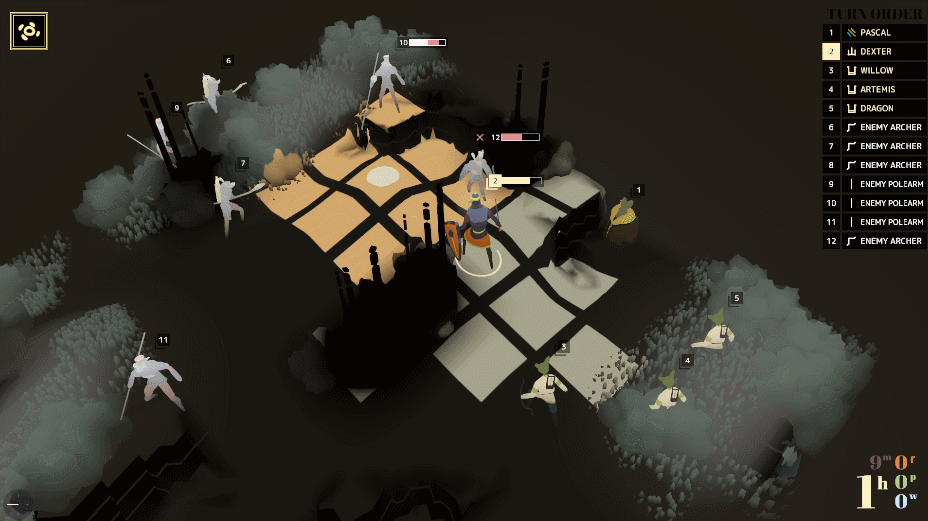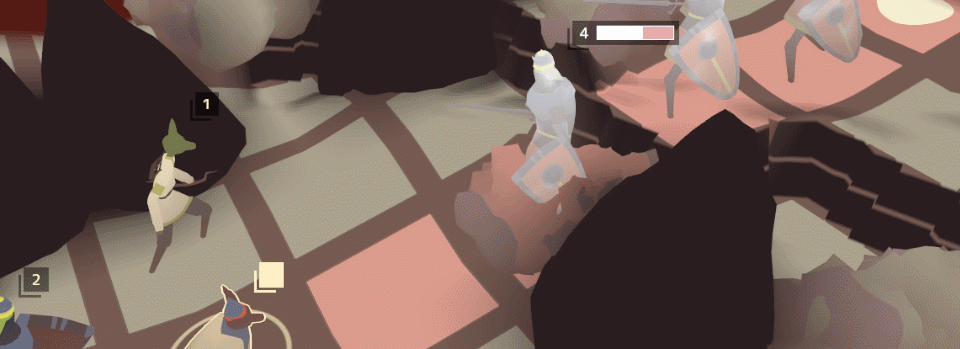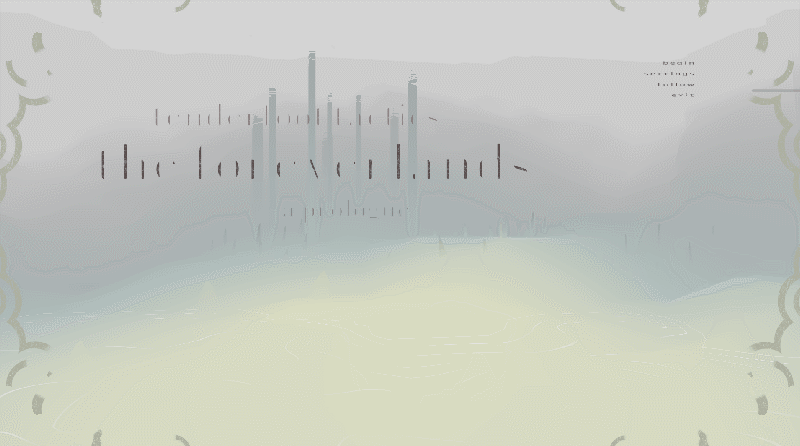
Mar 9, 2020
Tenderfoot Tactics - badru
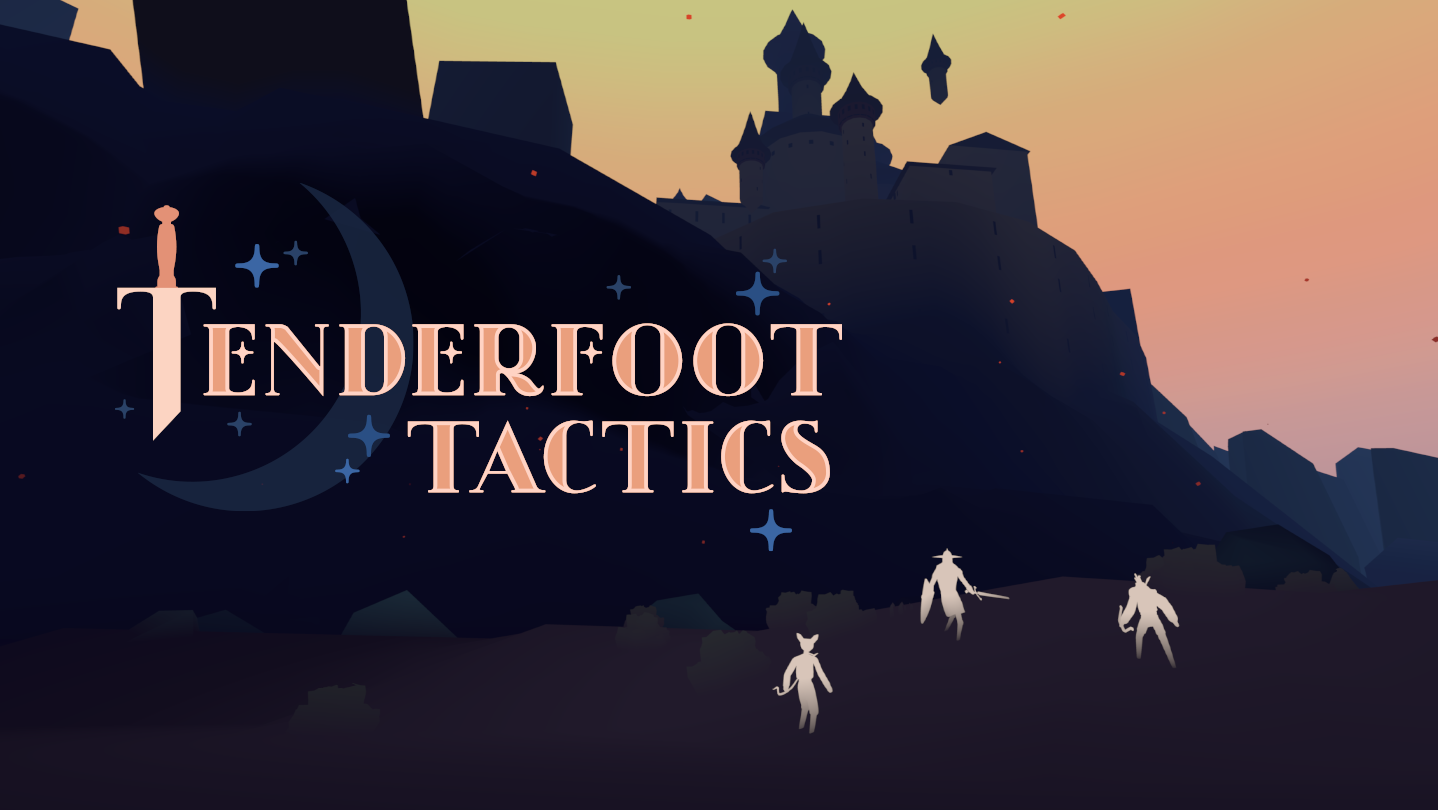
Hello!!
We've just announced today that we'll be self-publishing Tenderfoot Tactics through Ice Water Games. This might not seem like a big deal, idk. It's a big deal for us though!
Ice Water Games is a label that most of the Tenderfoot team has been a part of since it was first founded to publish Eidolon. It's a collectively owned and democratically run project, and publishing through it rather than signing with someone else means betting on ourselves and investing in a communally owned resource. IWG's history has been artier and less dorky than Tenderfoot, and by doing this I hope we're both saying: Tenderfoot is arty, actually, in the ways that matter and also, arts outlets should be treating 'lowbrow' fantastical genre work as serious and worth playing.
Probably more exciting, our Steam page has all new screenshots and a fresh gameplay recording with the new UI. Check it out!
https://store.steampowered.com/app/1061610/Tenderfoot_Tactics/
